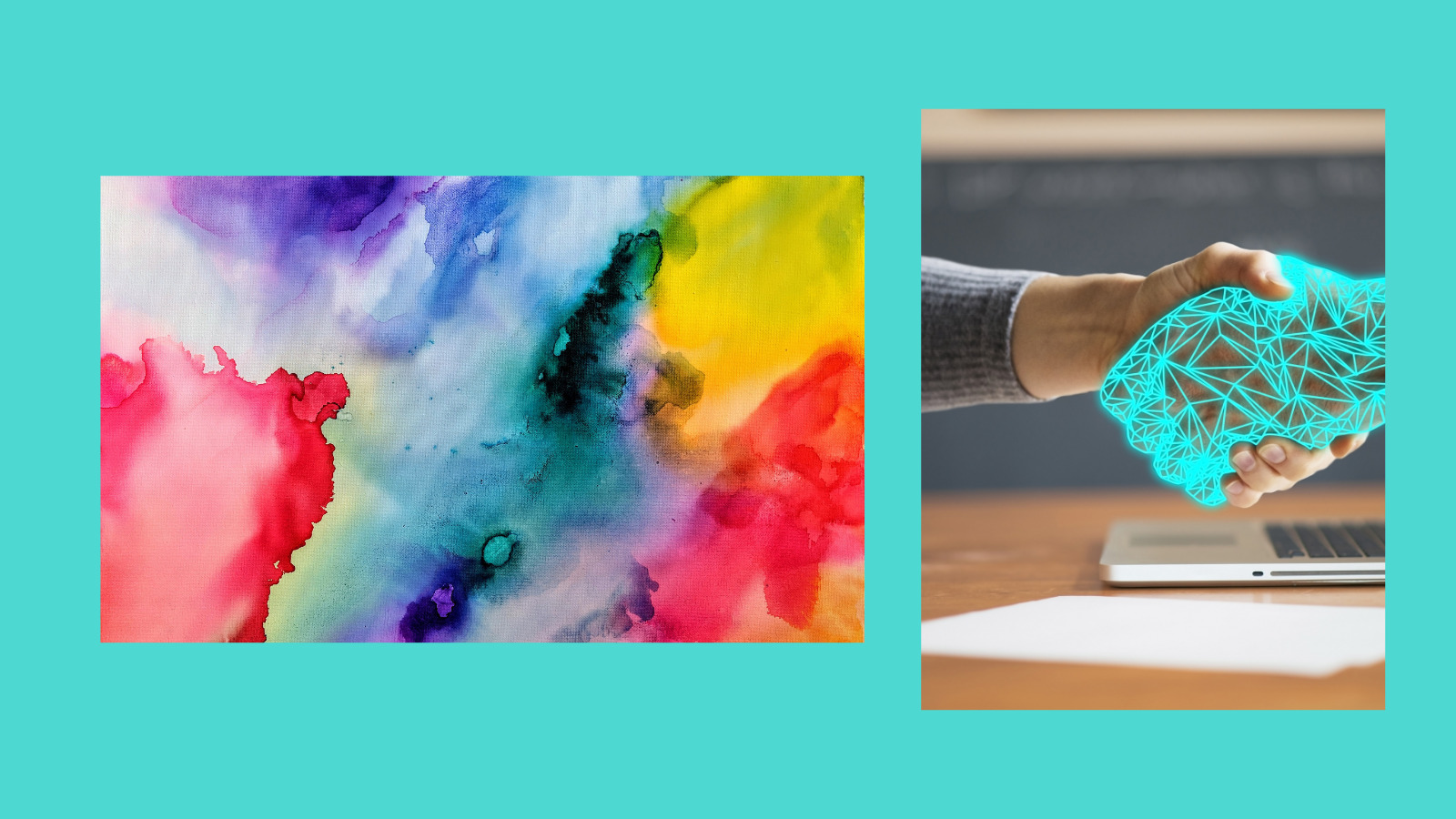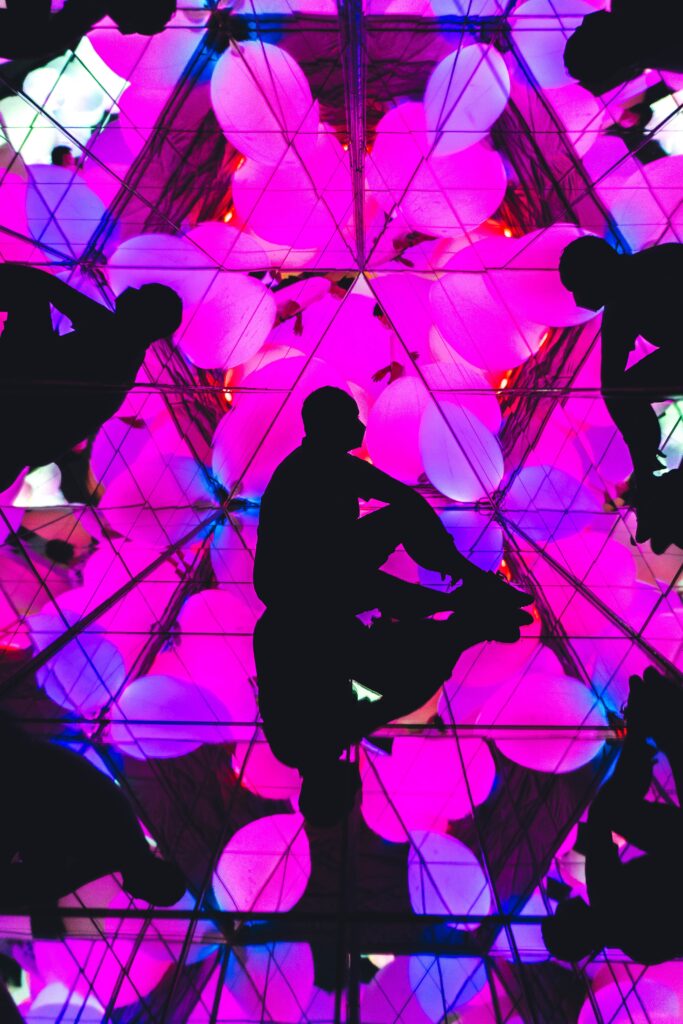
27 Jun The Influence of AI on Creativity: A Catalyst, Not a Killer
Are you frightened by the increasing influence of Artificial Intelligence in our lives? Does the idea of AI potentially stealing jobs and creativity unsettle you? Well, sit tight because we’re here to explore an intriguing question: Will AI kill human creativity?
AI: Decoding the Buzzword
Artificial Intelligence, or AI, has been touted as the future of technology, capable of performing tasks that typically require human intelligence – from understanding natural language and recognizing patterns to making decisions and learning from experiences. AI is more like a super smart system that can learn, adapt, and evolve over time, based on the data it absorbs. The smarter the AI, the more data it has, and the better it is at learning from that data.
We interact with AI more than we realize, from asking Siri or Alexa to find the nearest pizza place, to Netflix recommending shows that we end up binge-watching. AI is a silent worker, even functioning behind the scenes in areas such as fraud detection and healthcare diagnostics. But how does AI co-exist with the creative field? Will it overshadow human creativity, or can it actually give it a boost?
Creativity and AI: A Historical Perspective
Every major technological development has influenced human creativity, often leading to new, unexplored forms of expression. The invention of the piano in the 1700s allowed composers to express themselves in unprecedented ways. Similarly, the introduction of photography in the 19th century, initially feared to ‘kill’ traditional portraiture, actually liberated artists from realistic representations, leading to the exploration of abstract and impressionistic styles.
The interplay of technology and creativity expands our creative capabilities. We can look at AI as another tool in this progression, ready to redefine our creative limits.
AI in the Creative Field Today
Artists are leveraging AI, particularly Generative Adversarial Networks (GANs), to create stunning pieces that combine styles from different eras or generate completely novel artwork. Robbie Barrat, a young artist, uses GANs to produce AI-assisted paintings. He trains the GAN on a database of classical portraits and tweaks the output to create digital and physical artworks.
In the music scene, OpenAI’s MuseNet composes songs in hundreds of different styles, creating wild genre mashups. AI isn’t just remixing music; it’s giving us fresh tunes. In literature too, AI has found a place, spinning up sci-fi tales, drafting poetry, and even scripting articles and blog posts.
The introduction of AI isn’t about replacing artists, but rather, providing new tools and canvases to work with. It’s akin to handing a painter a new type of brush or a musician a new instrument. The boundaries of the creative playground are being redrawn, creating an exciting realm of possibilities.
The Future of AI and Creativity
Imagine a future where artists collaborate with AI to create immersive, multisensory experiences. Virtual reality combined with AI could allow us to create and experience our paintings, feel the textures, smell the scents, and hear the sounds associated with the scene. Musicians working with AI could compose multi-genre symphonies or even invent entirely new genres of music.
In this boundary-pushing future, AI doesn’t make human creativity obsolete. Instead, it challenges, provokes, and inspires us to think differently, explore further, and create more boldly.
Embracing AI in Our Creative Journey
In many ways, AI is a mirror reflecting human ingenuity. It’s a testament to our capacity to dream, to innovate, and to create. AI is not born creative; it learns from us, from our ideas, our experiences, and our creativity. It does not spontaneously generate ideas out of a void. Instead, it relies on the vast repositories of human-created data, absorbing patterns, nuances, and styles that we’ve developed over centuries.
In this light, we see that AI could never truly replace human creativity. It lacks the lived experiences, the raw emotions, and the unique perspectives that come from being human. It lacks our ability to take disparate ideas, connect them in novel ways, and create something completely new.
AI, by its very nature, is always a few steps behind us. It learns from what we create today to generate its output tomorrow. It’s like a creative apprentice, always learning from the master, which in this case, is human creativity. While AI can replicate, recreate, and even innovate within certain bounds, it remains bound by what it has learned from us.
However, it’s within these bounds that AI can truly catalyze our creativity. It can churn through vast amounts of data, identifying patterns and connections beyond our immediate grasp. It can take our ideas and show us new perspectives, offering iterations we might never have considered. It can give our creativity a new lens, encouraging us to push the boundaries of our imagination.
Looking to the future, it’s possible that AI may take over certain jobs, but it’s unlikely to replace those roles where creativity and innovation are key. Designers, writers, artists, musicians, and countless other creative professionals have a uniquely human ability to draw upon personal experiences and emotions. They can create works that resonate with other humans on a deeply emotional level. This, in essence, is irreplaceable.
In conclusion, while AI might alter the ways we express our creativity, it’s not a harbinger of creative doom. On the contrary, it’s a tool, a creative partner that challenges us, inspires us, and pushes us to innovate more boldly. As we step into a future intertwined with AI, let’s not view it as a threat to our creativity, but as an opportunity to broaden our horizons, to push the boundaries of what we consider art, and to redefine our creative journey. After all, the true measure of creativity lies not in the tools we use, but in the imaginative spirit we bring to them.


